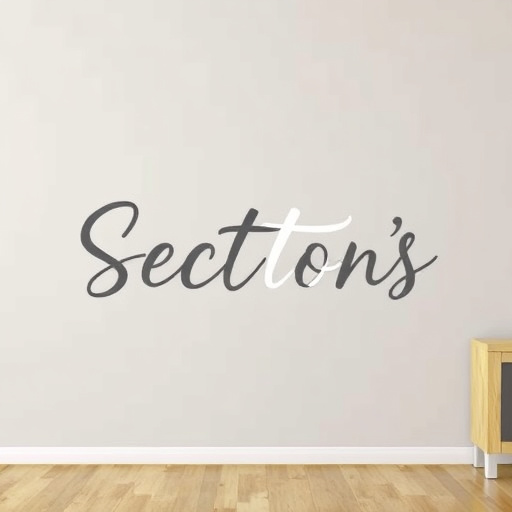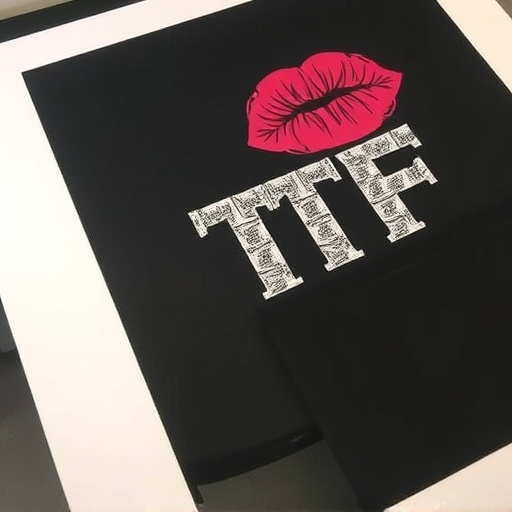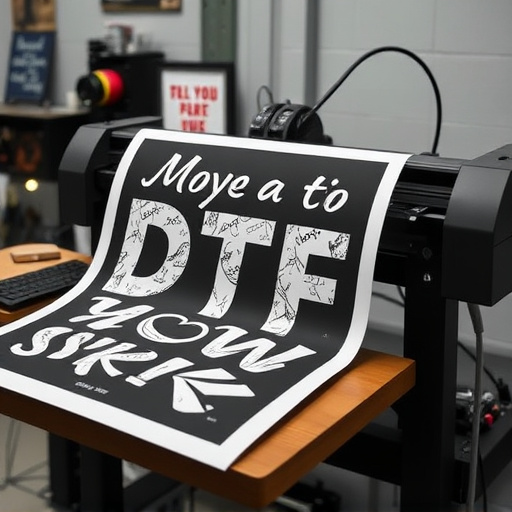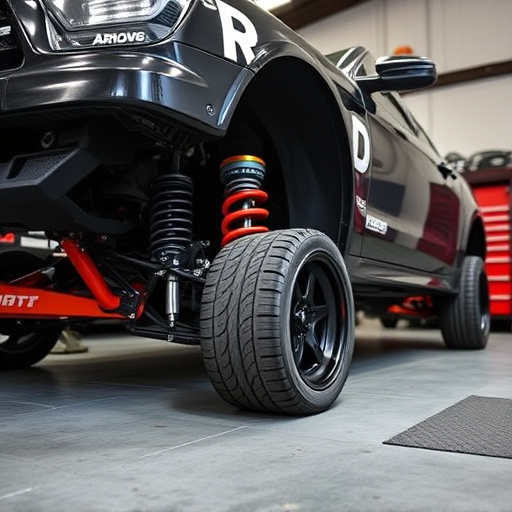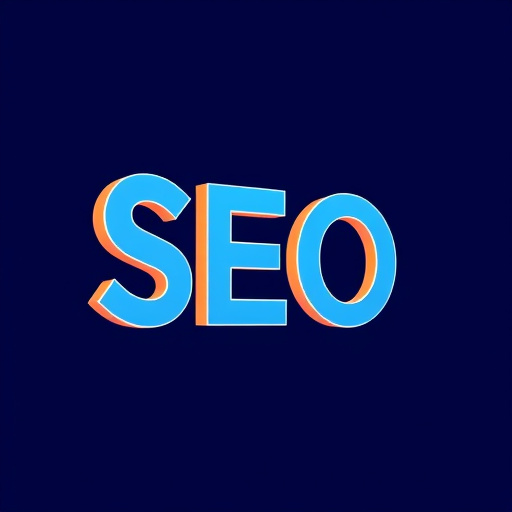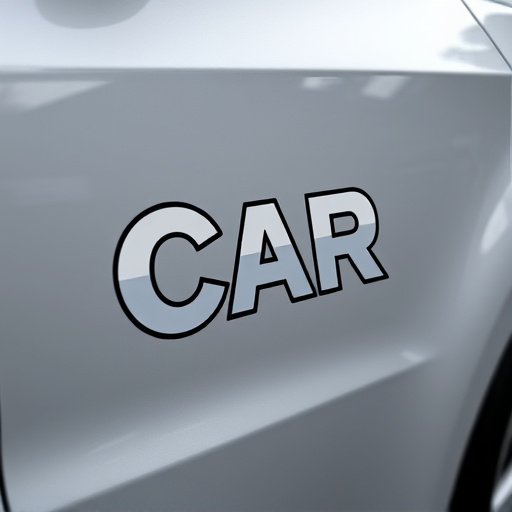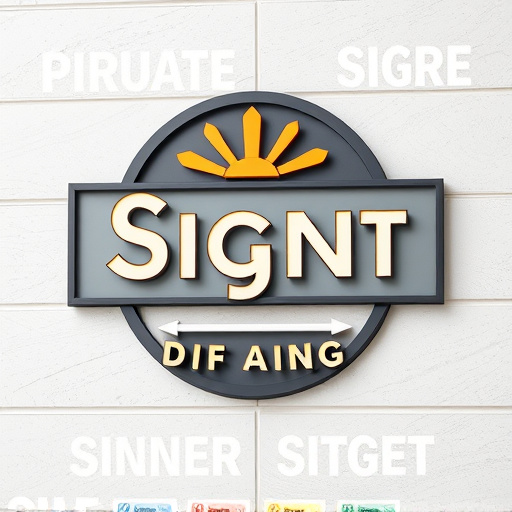Understanding target audience through demographics, psychographics, and behavior is crucial for marketing materials design. Creating buyer personas allows tailoring messages and visuals to resonate with specific interests and needs. A consistent visual identity, including unique aesthetics, color palettes, and typography, builds brand recognition and trust. Cohesive assets across print, digital, and vehicle wraps reinforce brand message, enhancing engagement and perceived quality.
Creating a cohesive set of marketing materials is essential for building brand recognition and engaging your target audience. In this guide, we’ll explore three key steps to achieve consistent and effective marketing materials design. First, understand your target audience’s needs and preferences. Next, develop a strong visual identity that resonates across all platforms. Lastly, ensure every piece of content aligns seamlessly, maintaining clarity and cohesion throughout various media formats. Discover how these strategies can elevate your brand’s impact in the competitive market landscape.
- Understand Your Target Audience
- Develop a Consistent Visual Identity
- Ensure Clarity and Cohesion Across Media
Understand Your Target Audience
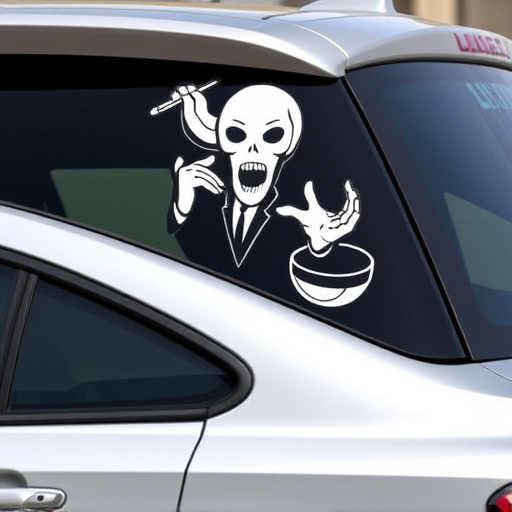
When designing a cohesive set of marketing materials for your business, one of the most critical steps is to deeply understand your target audience. This involves delving into demographics, psychographics, and behavioral patterns to create buyer personas that accurately represent your ideal customers. By knowing who you’re communicating with, you can tailor your message, visuals, and tone to resonate specifically with their interests, needs, and pain points. For instance, if your focus is on car customization and vehicle protection, your marketing materials design should speak directly to automotive enthusiasts and car owners concerned about their investment’s longevity and aesthetics.
Incorporating aspects like custom vehicle wraps as part of your marketing strategy requires an understanding that this feature appeals to a specific niche within your audience—those looking for distinctive ways to personalize their vehicles. This knowledge enables you to craft designs, slogans, and promotional content that not only attract attention but also align with the values and desires of your target market. Effective marketing materials design leverages these insights to create compelling visuals and copy that leave a lasting impression, ultimately driving conversions and fostering brand loyalty among your audience.
Develop a Consistent Visual Identity
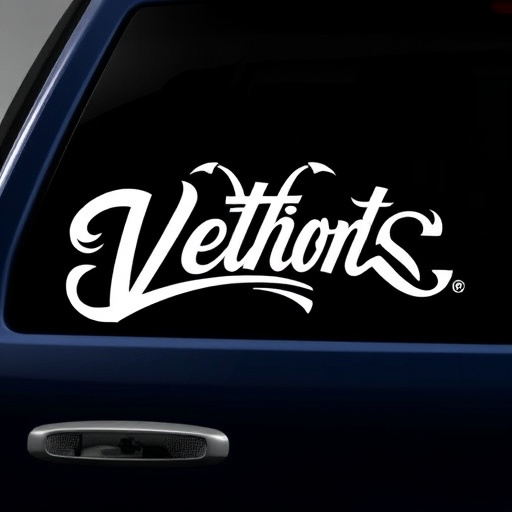
In the realm of marketing materials design, establishing a consistent visual identity is paramount to creating an impactful and recognizable brand presence. This involves crafting a unique and cohesive aesthetic that seamlessly integrates across all promotional elements, from brochures to digital ads. A strong visual identity ensures that your marketing efforts are easily identifiable, fostering a sense of familiarity and trust with your audience.
By adopting a consistent color palette, typography, and imagery, you create a unified front for your brand. This coherence extends beyond mere aesthetics; it translates into a streamlined customer experience. For instance, when considering car customization through vinyl wraps or paint protection film, a well-developed visual identity can make these products more appealing by aligning them with the brand’s overall aesthetic. This strategic approach not only enhances brand recall but also reinforces the perceived quality and professionalism of your offerings in the eyes of potential customers.
Ensure Clarity and Cohesion Across Media
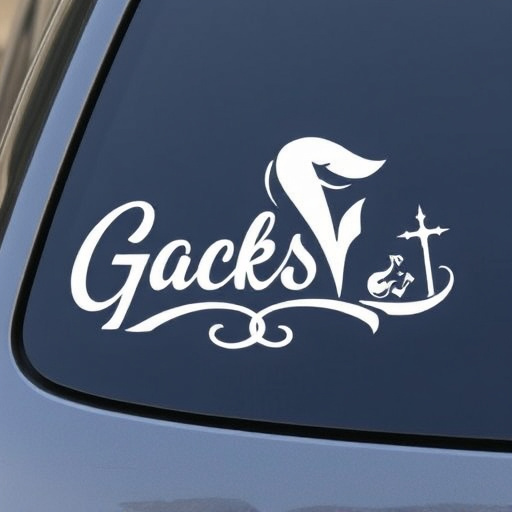
In the realm of marketing materials design, creating a cohesive set of assets is paramount to capturing your audience’s attention effectively. Whether it’s print ads, digital banners, or custom vehicle wraps, each medium should complement and reinforce the overall brand message. This cohesion ensures that your target audience receives a consistent narrative regardless of the channel they engage with. For instance, if you’re promoting a scratch-resistant coating service through vehicle wraps, the design elements and color schemes on the wrap should align seamlessly with your online advertisements and brochures.
Maintaining clarity and cohesion involves careful consideration of typography, imagery, and color palettes across all marketing materials. Using a consistent brand font and color scheme builds recognition and trust. Additionally, ensuring that key messages are visible and easily comprehensible on various formats—from billboards to social media posts—is crucial for effective communication. This approach not only enhances the overall aesthetic appeal but also deepens consumer engagement by presenting a unified brand identity, especially when showcasing protective solutions like custom vehicle wraps or scratch protection.
Creating cohesive marketing materials design involves understanding your target audience, developing a consistent visual identity, and ensuring clarity across all media. By implementing these key strategies, you can create impactful and effective marketing campaigns that resonate with your audience. Remember, a well-designed set of marketing materials is not just about aesthetics; it’s about delivering a unified message that drives engagement and fosters brand recognition. Focus on these aspects, and you’ll be well on your way to enhancing your marketing efforts through superior design.

